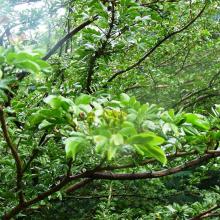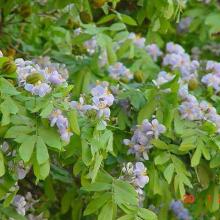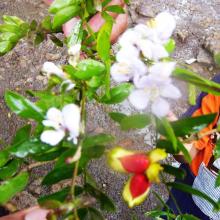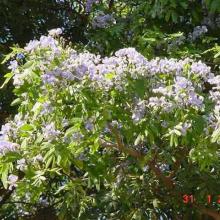



Sistema Lacustre Playitas-Moyúa-Tecomapa
- País:Nicaragua
- Número del sitio:1980
- Superficie:1,161 ha
- Fecha de designación:29-06-2011
- Coordenadas:12°35'N 86°02'W
Los materiales presentados en este sitio web, particularmente los mapas y la información territorial, se proporcionan tal cual y según están disponibles a partir de los datos de los que se dispone y no implican la expresión de opinión alguna por parte de la Secretaría de la Convención de Ramsar respecto de la condición jurídica de ningún país, territorio, ciudad o zona, ni de sus autoridades, ni respecto de la delimitación de sus límites o fronteras.
Resumen
Sistema Lacustre Playitas-Moyúa-Tecomapa. 29/06/11; Matagalpa; 1,161 ha; 12°35'47"N 086°02'48"W. Comprises a permanent lake and two seasonal freshwater lakes, intermittent rivers, swamps, and the flooded agricultural lands that surround them. The site is among the 10 most important wetlands in Nicaragua due to its hydrological importance as the only surface water reservoir in one of the driest areas of the country, which also ensures its biological importance as it supports a diversity of mammals, reptiles, fish, and birds. Migratory species include the blue-winged teal (Anas discors), which uses the site as a rest area, endangered species according to IUCN Red List as lignum-vitae (Guaiacum sanctum), and fish species representative of the region. In addition, the site supports important activities for the population such as fisheries and agriculture. Among the main factors which could adversely affect the site's ecological character are the extraction of water for livestock and agriculture, overfishing, and poaching, among others. The site has a management and development plan approved in 2006. Ramsar Site no. 1980. Most recent RIS information: 2011.
Región administrativa:
Matagalpa
- Fecha de última publicación:29-06-2011
Descargas
Ficha Informativa de los Humedales de Ramsar (FIR)
Mapa del sitio
Informes y documentos adicionales
- Listas taxonómicas de especies vegetales y animales presentes en el sitio
